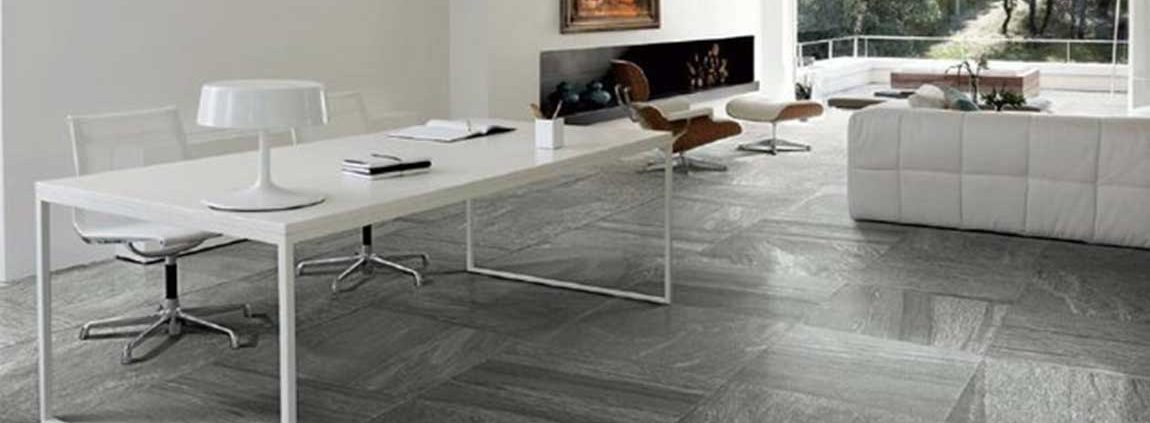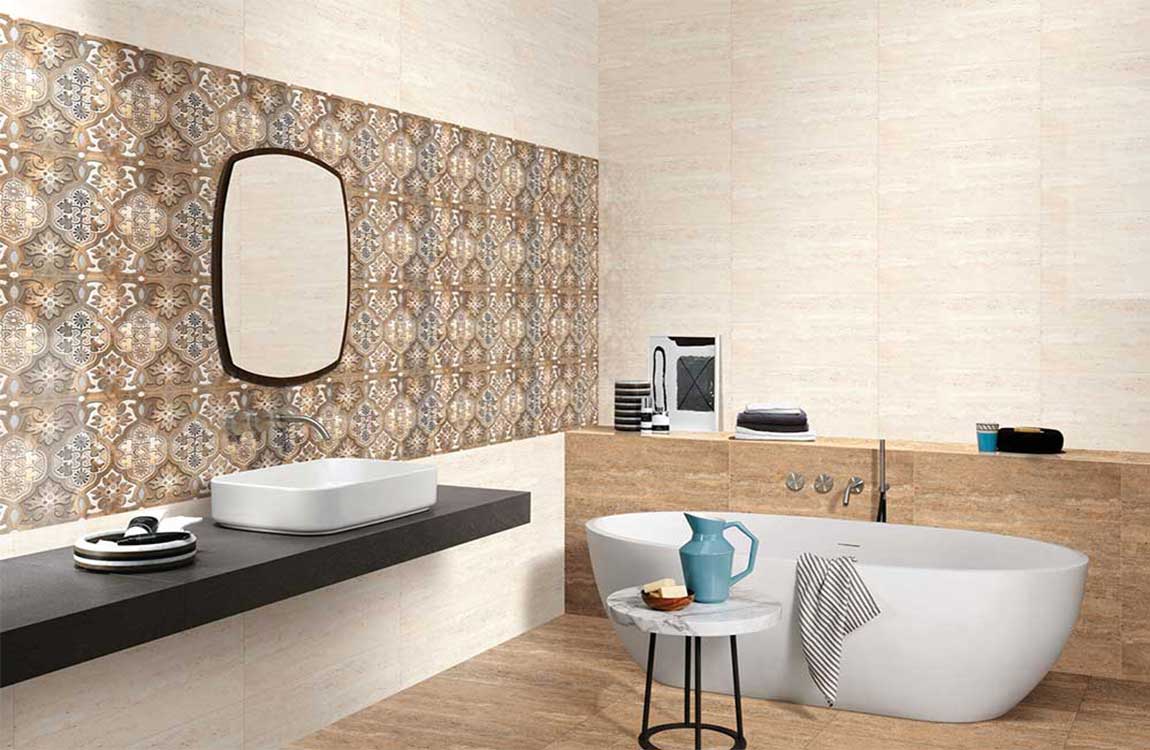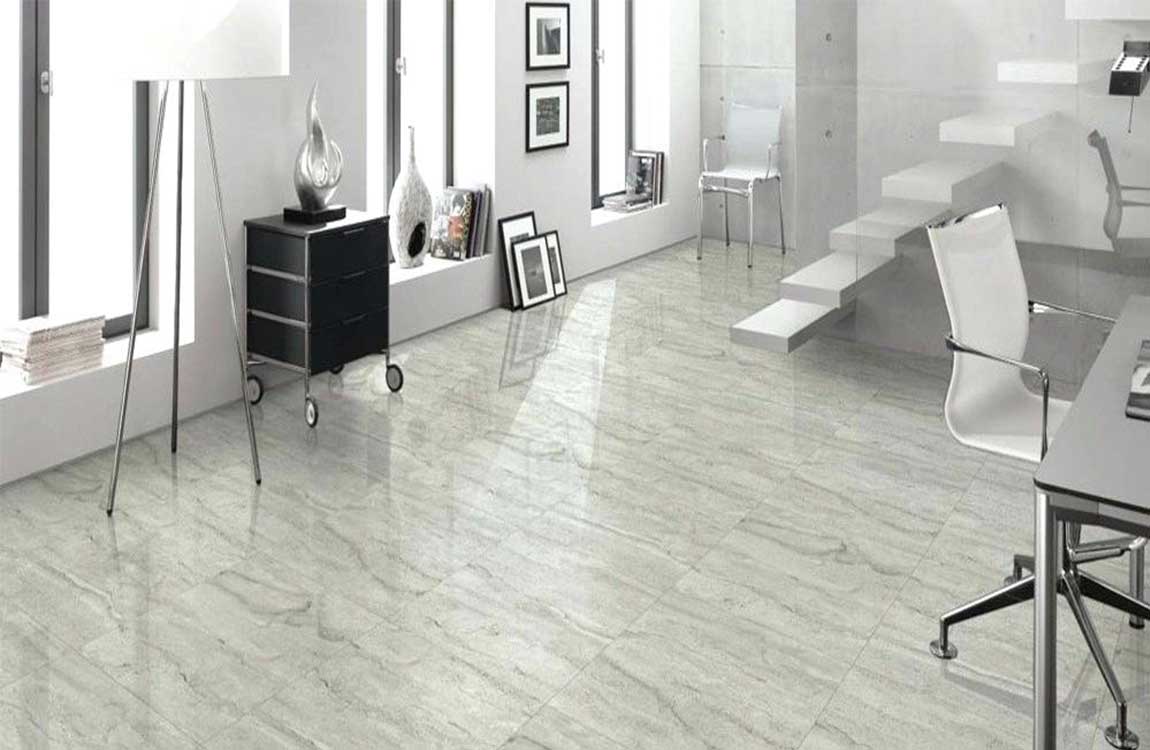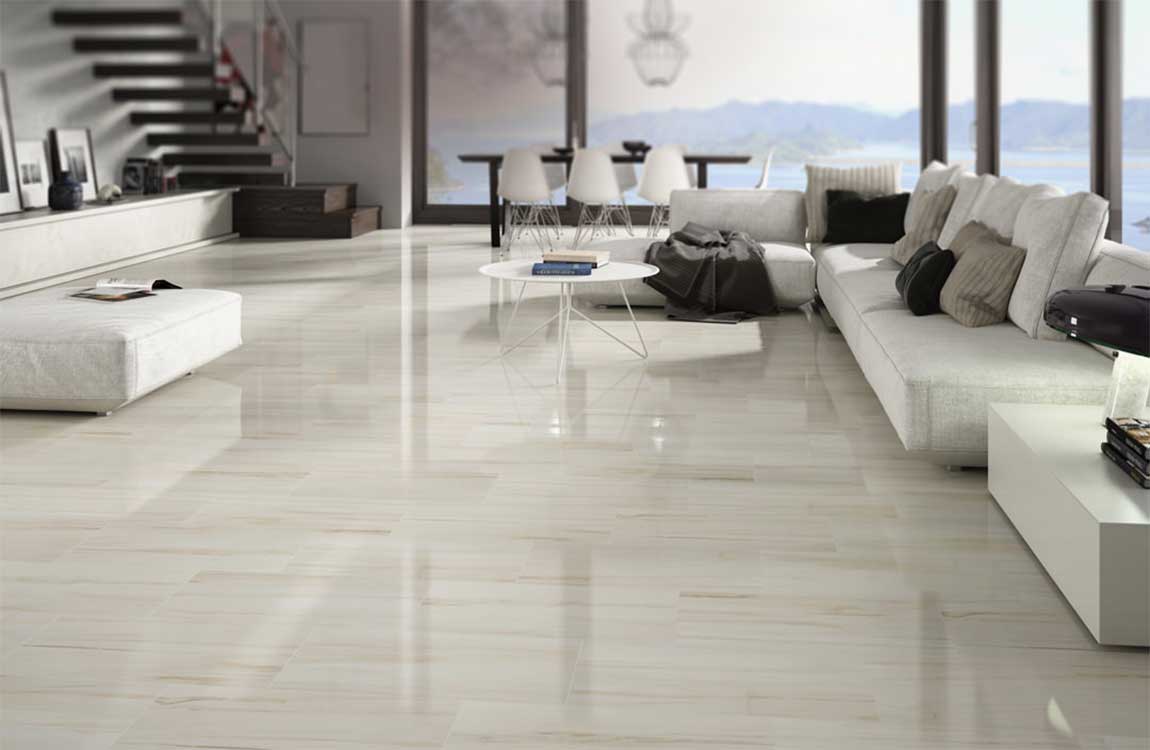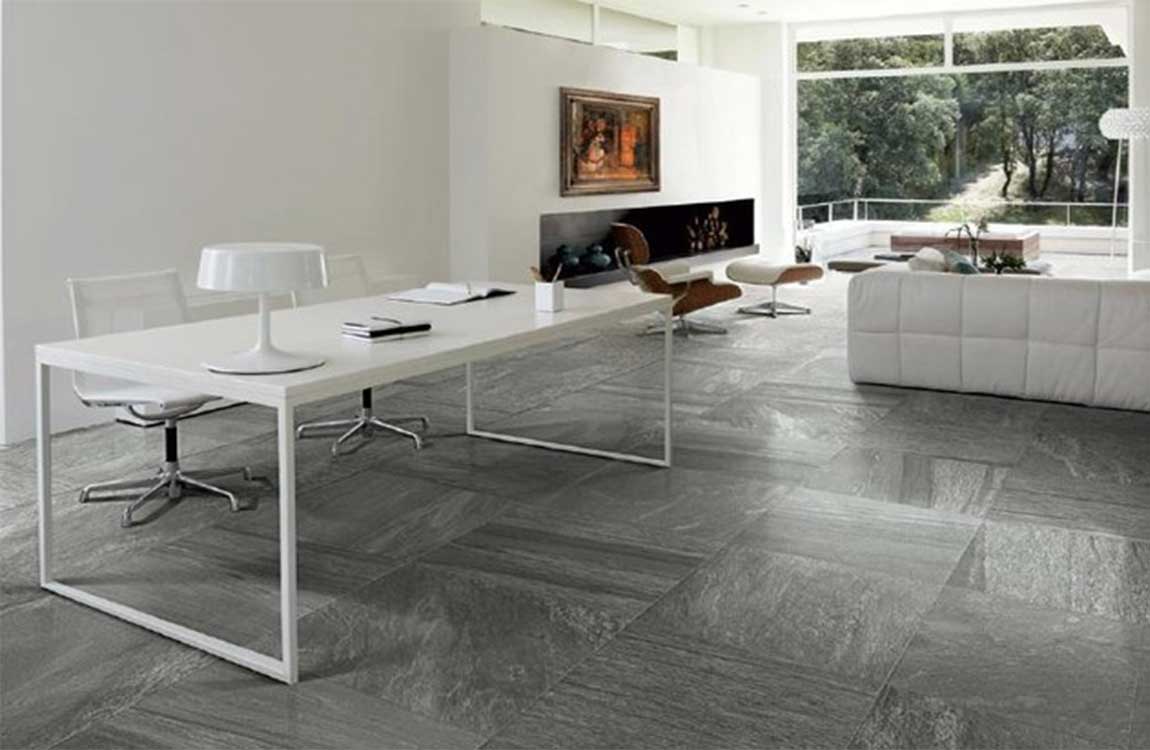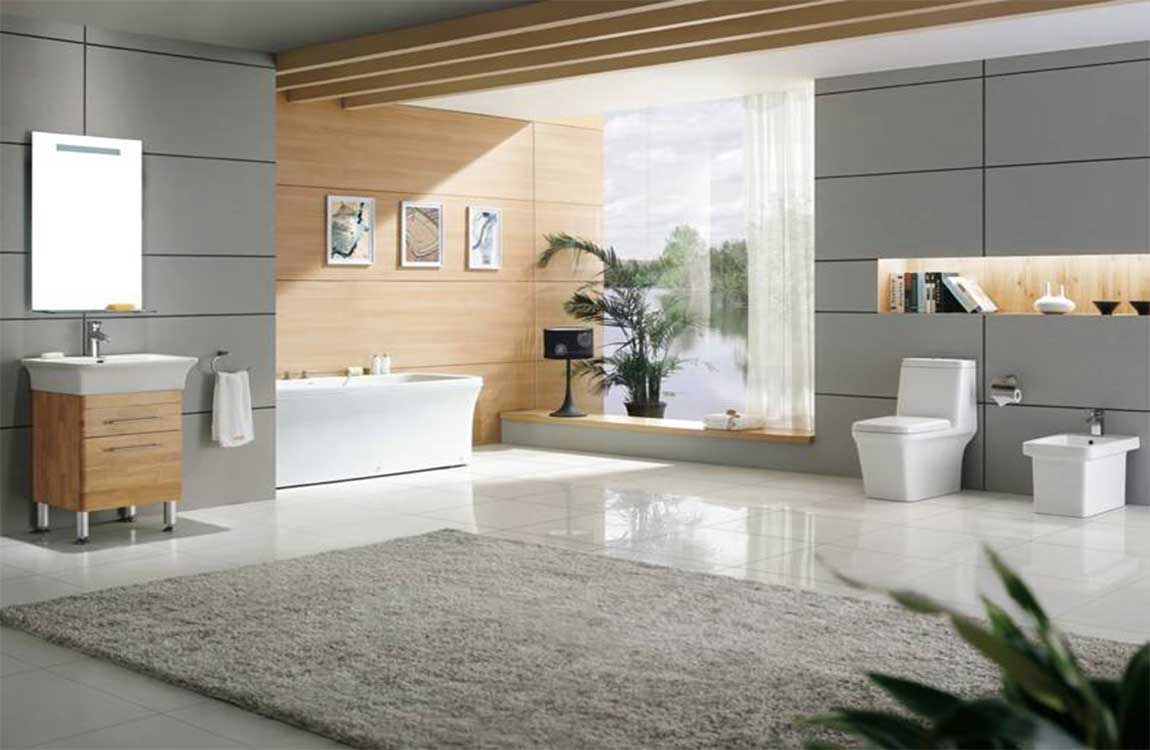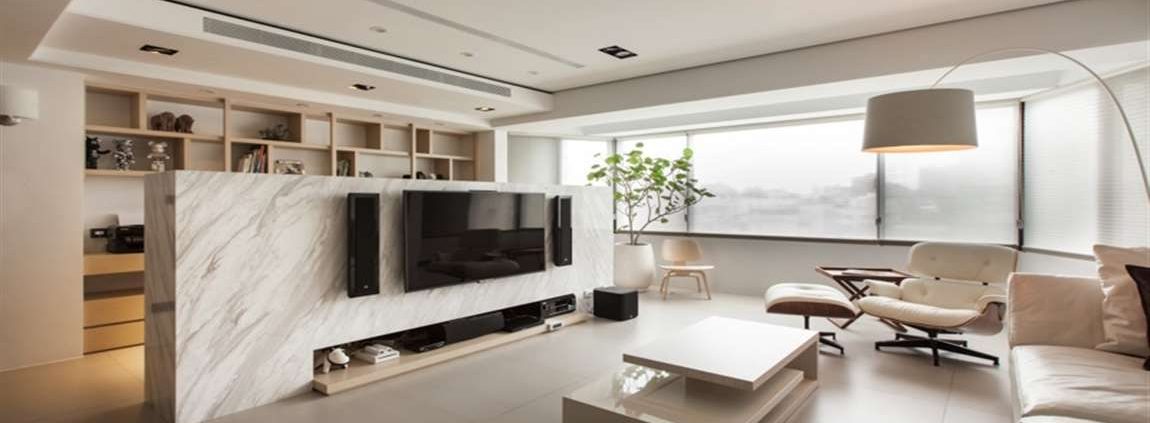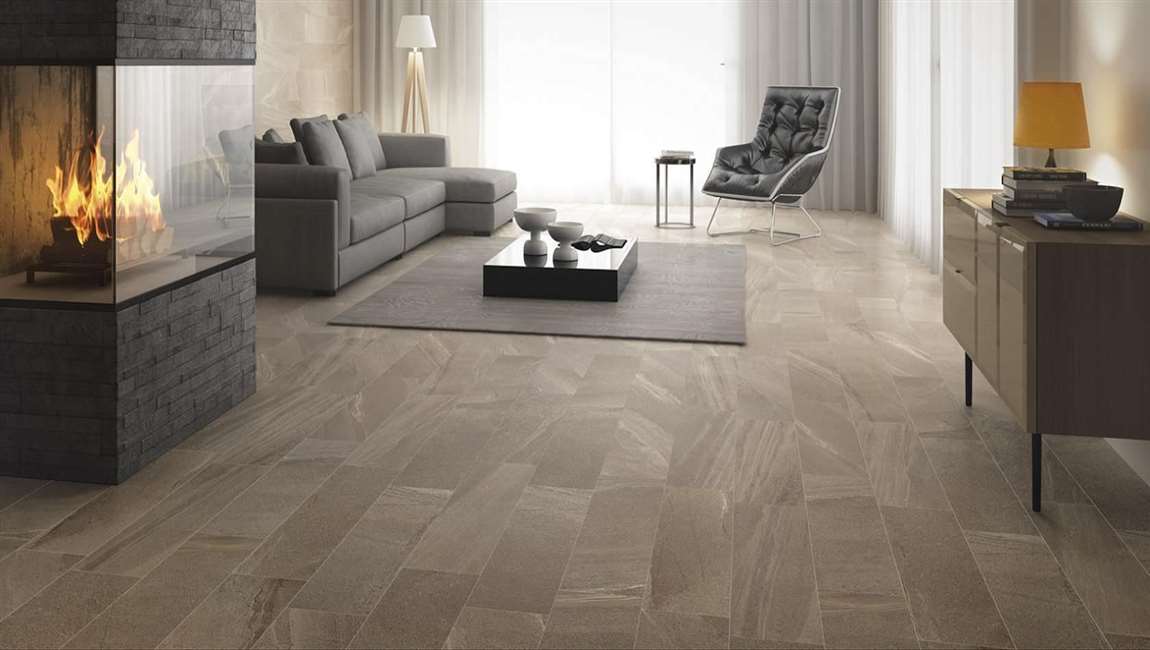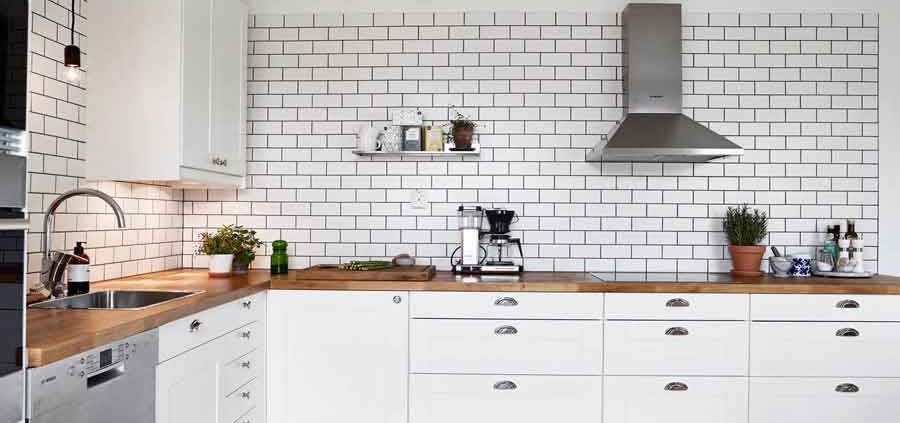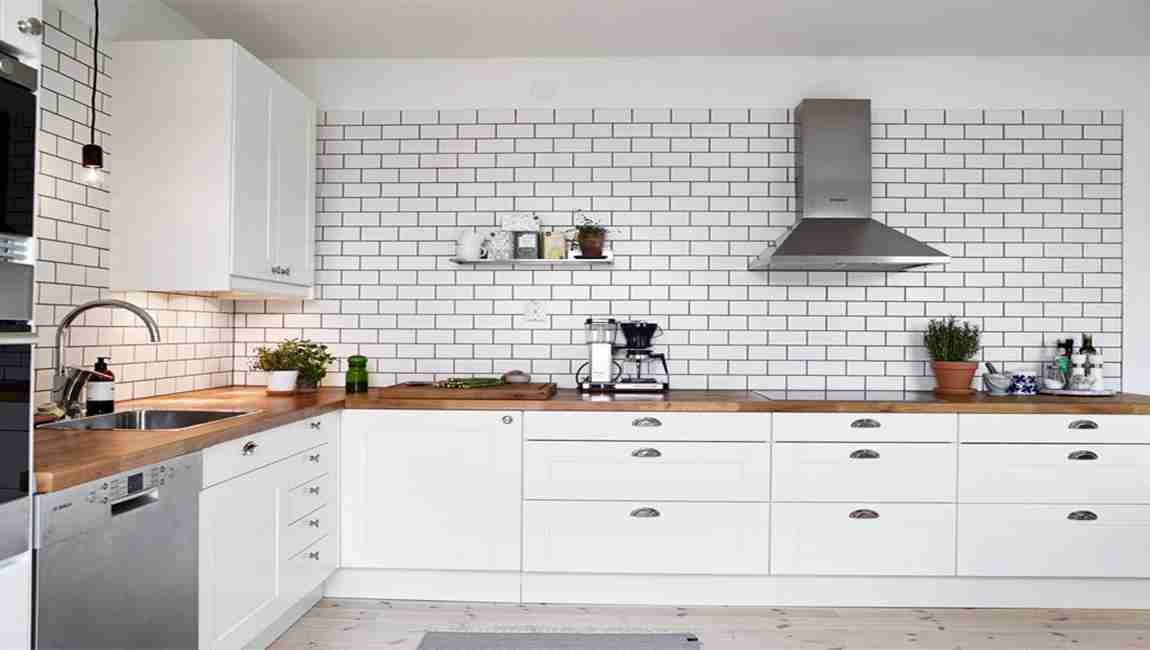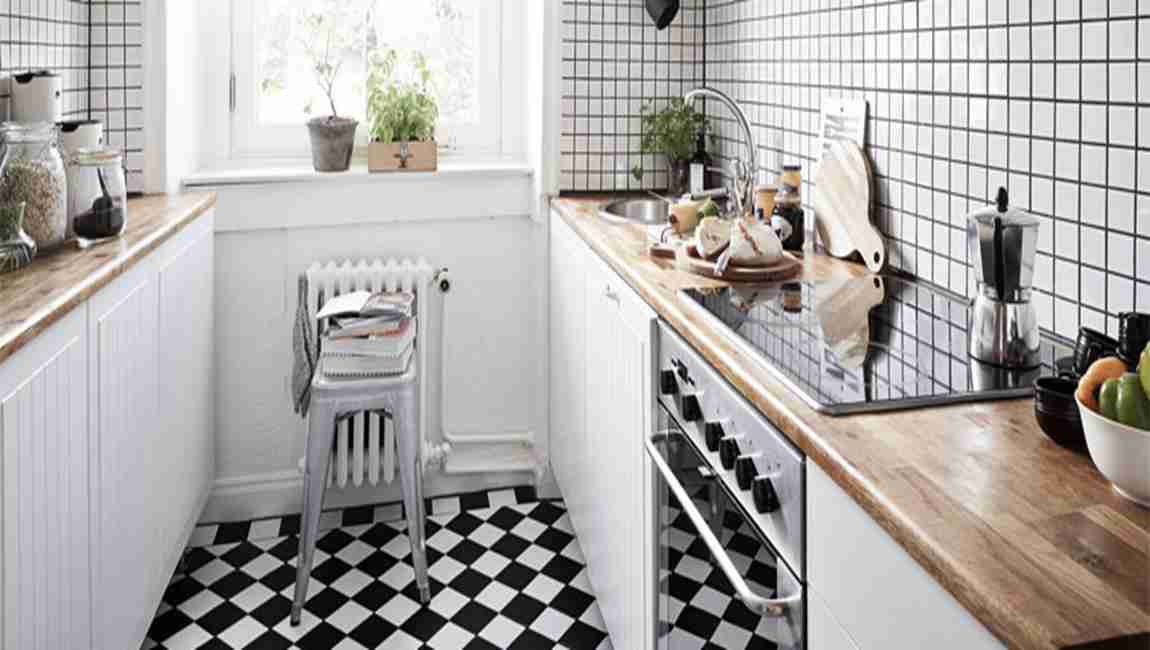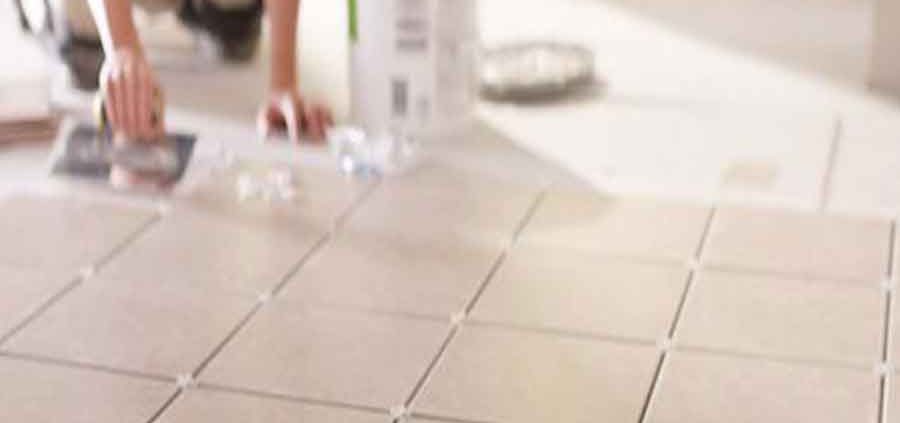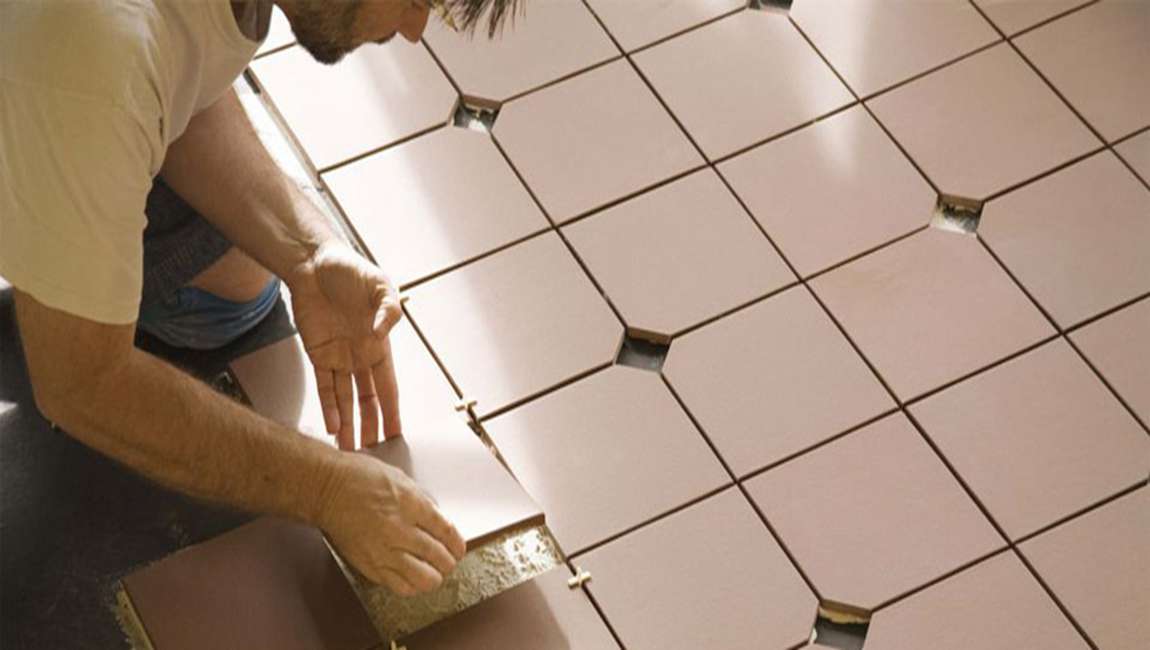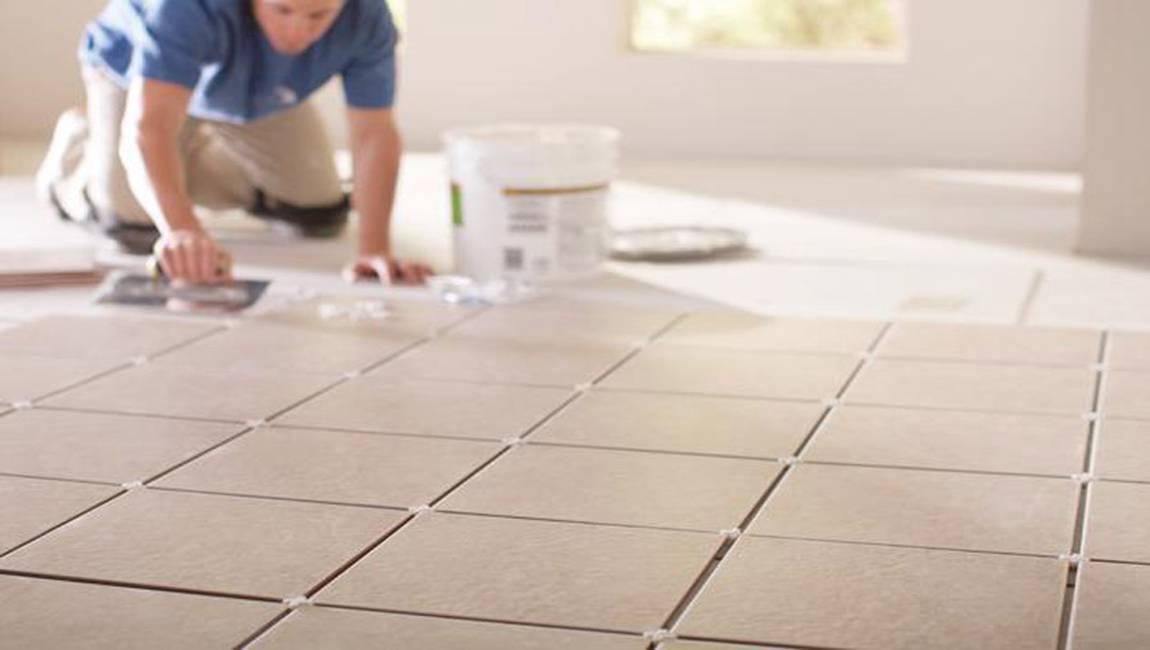How Covering the Wall with Vinyl Siding?
Measure the width of the wall and cut furring strips to match it. Use a measuring tape to figure out what length the strips need to be. Furring strips are little more than wood boards treated to be water-resistant. They are approximately 2 × 4 × 8 in (5.1 × 10.2 × 20.3 cm) in size. Cut 2 separate boards to the same width as the wall.
Look for furring strips at your local home improvement store. Some places sell pre-cut strips, but you can also ask to have treated pine boards cut to the size you need. Position the boards to the top and bottom edges of the wall. The first strip is easy to position since you situate it on the side of the wall at the very top.
For the lower board, measure up about 6 in (15 cm) from the bottom edge of the wall. Make sure the boards go from one end of the wall to the other, adding additional boards as needed if yours are too short. Consider marking the installation points with chalk first. Check the line with a level to ensure the furring boards will form a straight row when you install them.
If your wall has windows, doors, and other obstructions, keep the furring strips away from them. Install separate furring strips around each of these components, basically framing them. For soffits and fascia, you can get separate pieces of vinyl designed to fit these wood components. Slide the vinyl into a top strip or J-channel and nail them as needed to hold them in place.
Attach the boards with screws placed every 16 in (41 cm). Measure along each of the furring strips, marking the attachment points with a pencil as needed. Use a masonry drill bit 1⁄4 in (0.64 cm) in diameter to create holes all the way through the wood. Then, fit 1⁄4 in (0.64 cm) concrete screws into the holes to hold the boards in place.







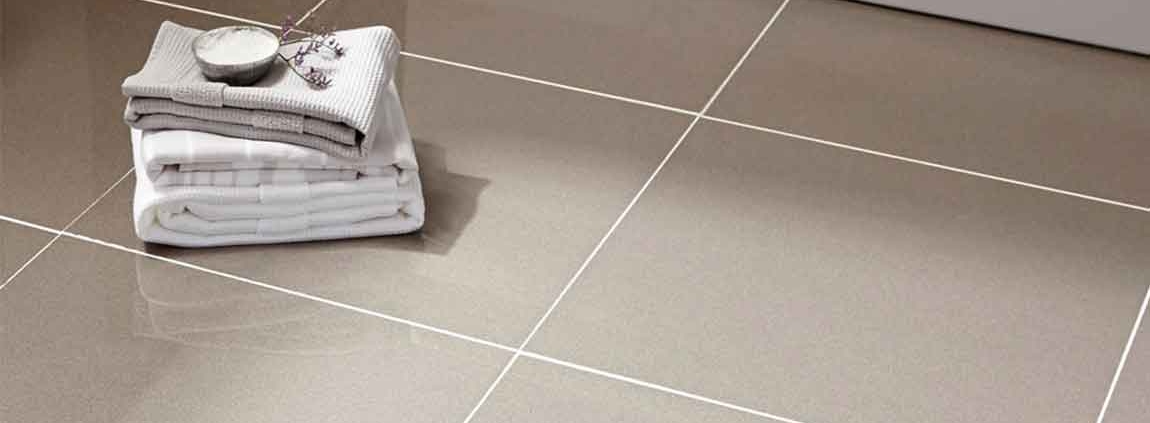

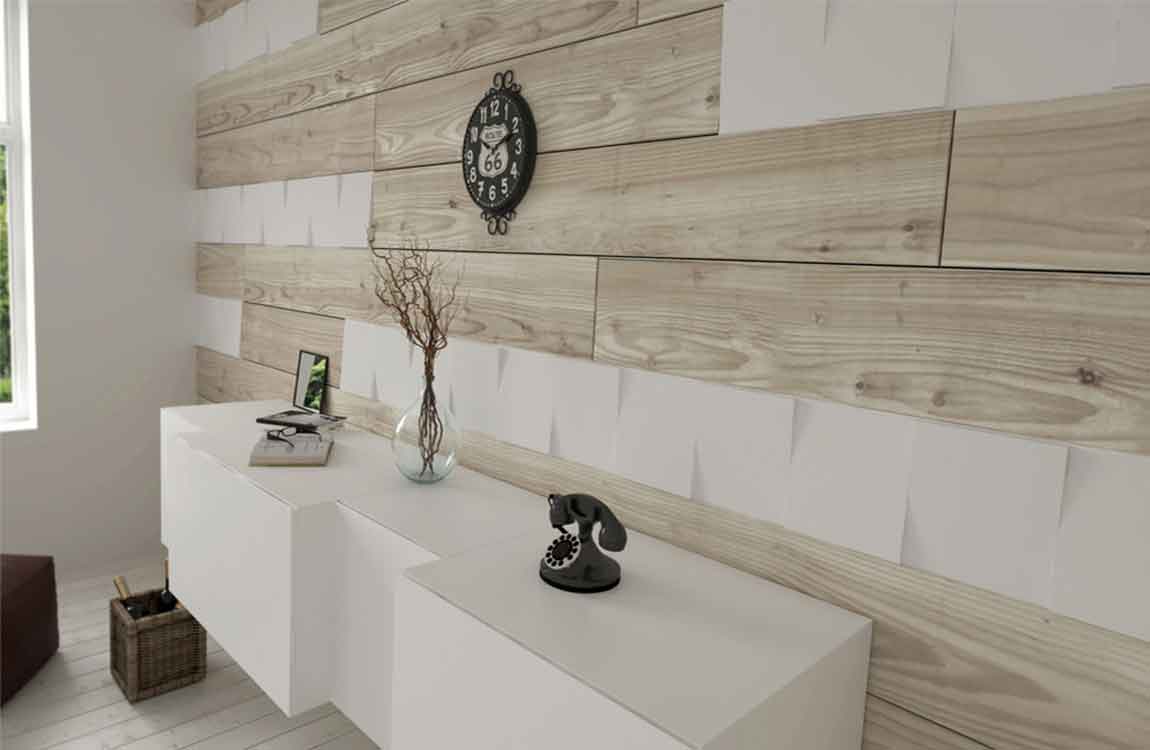

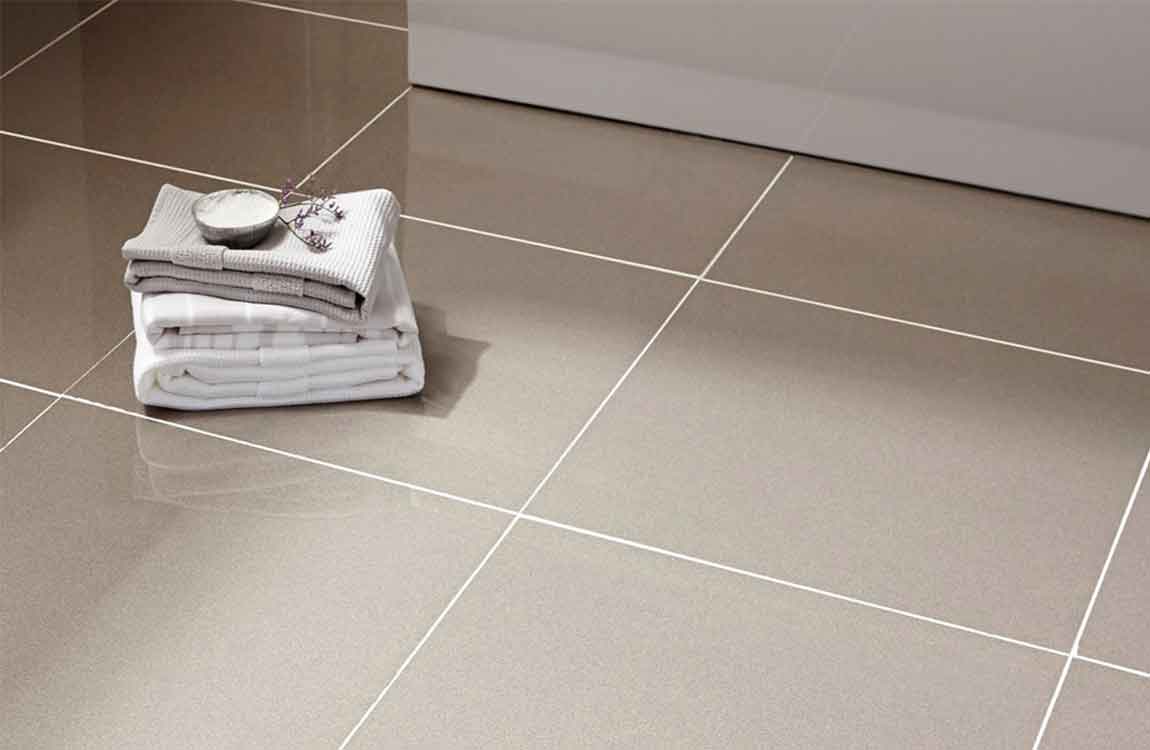


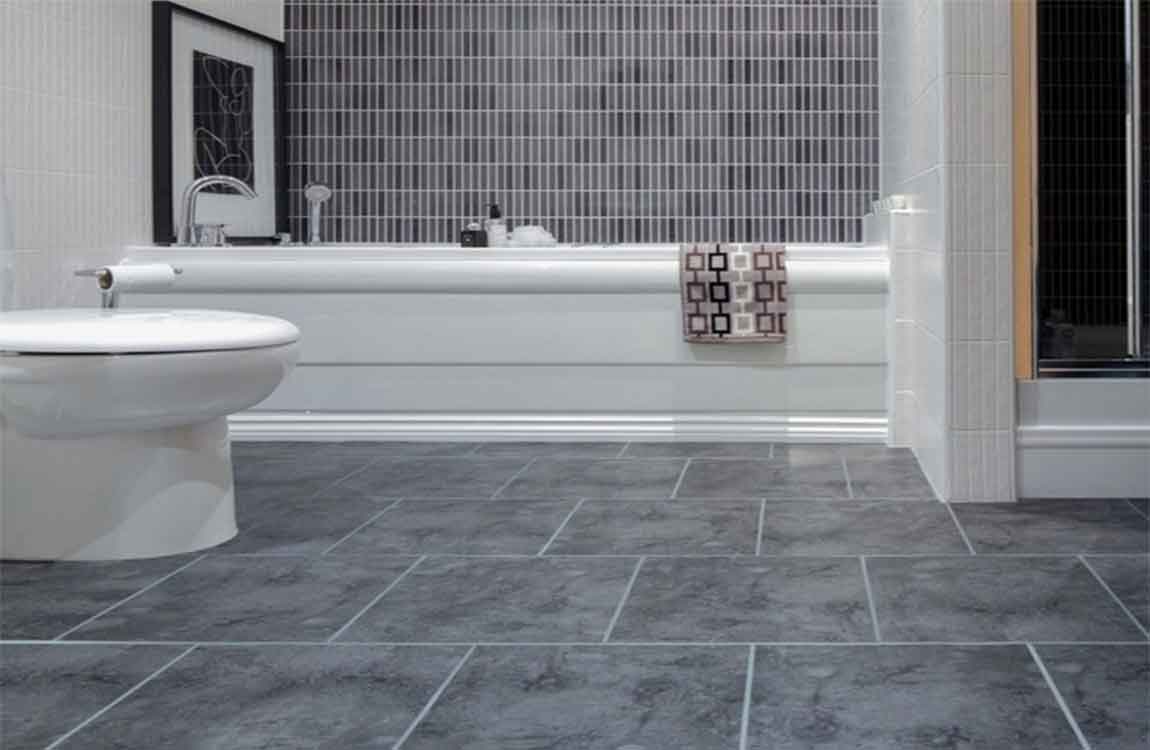

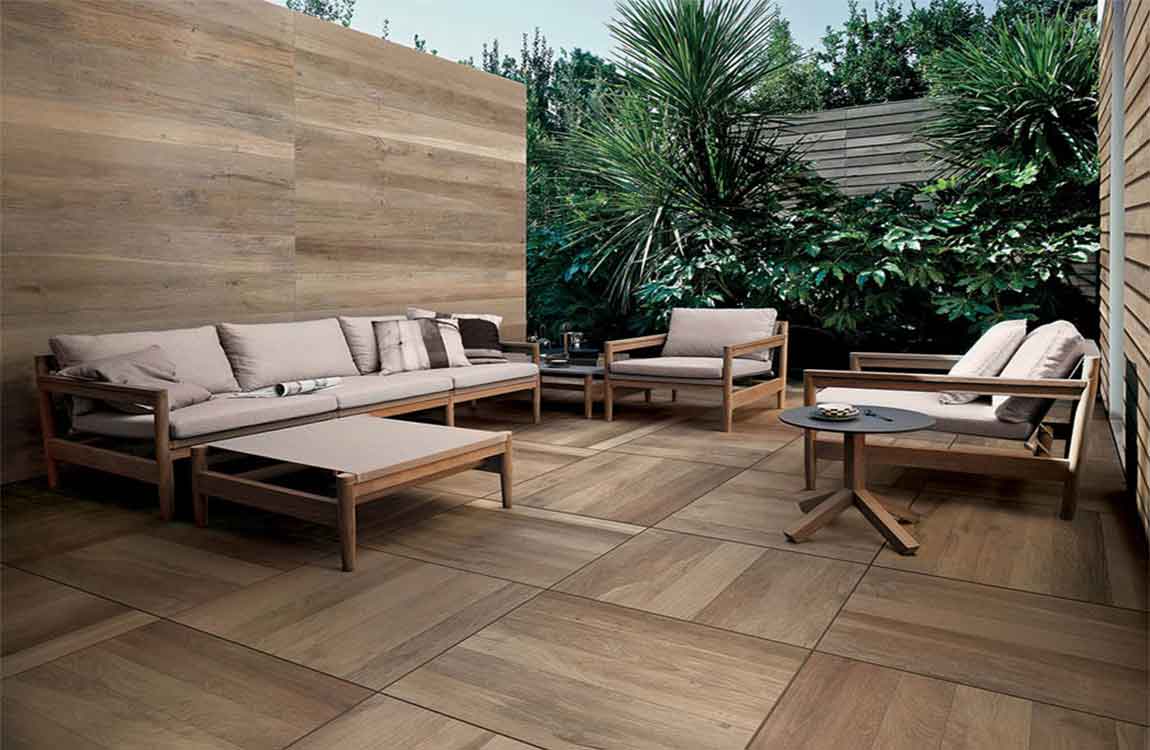


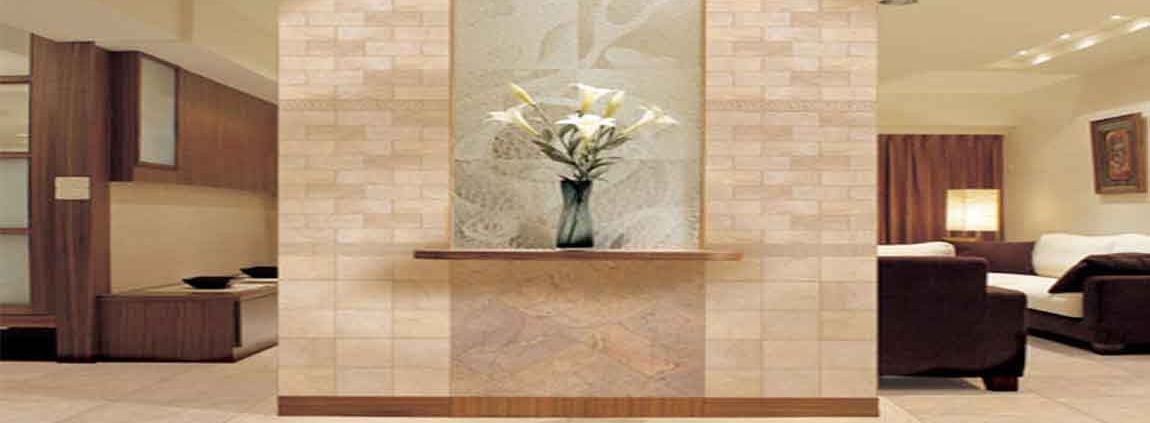



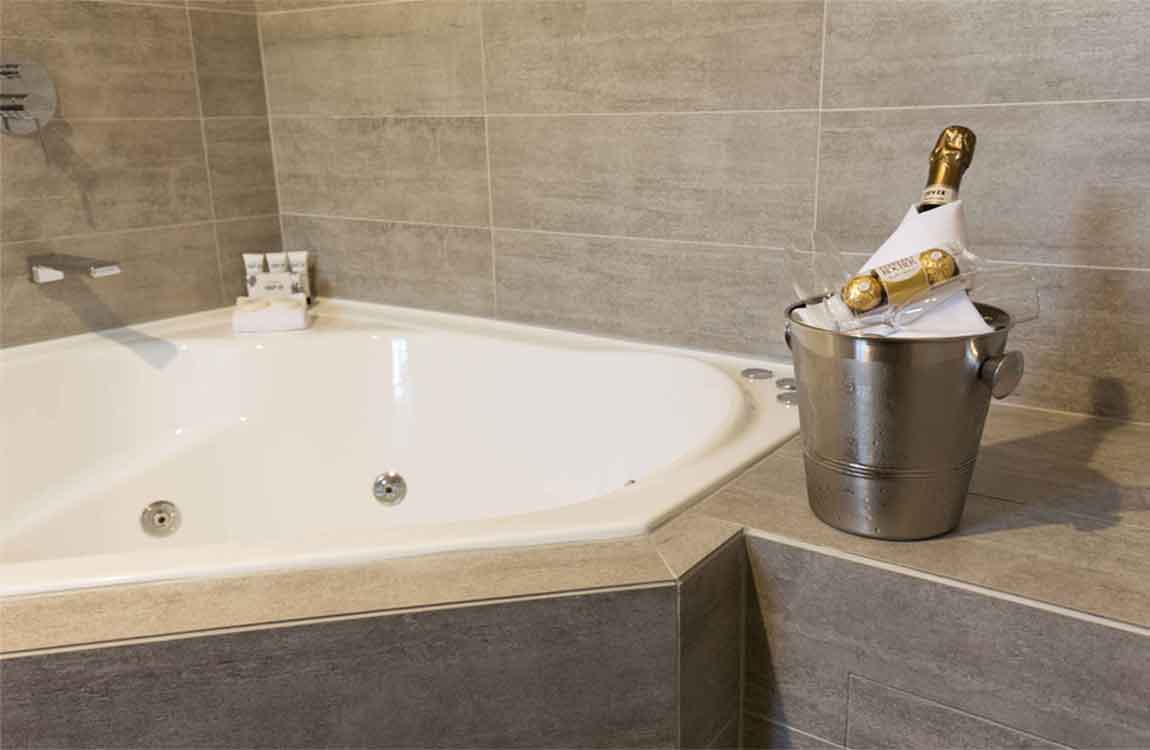
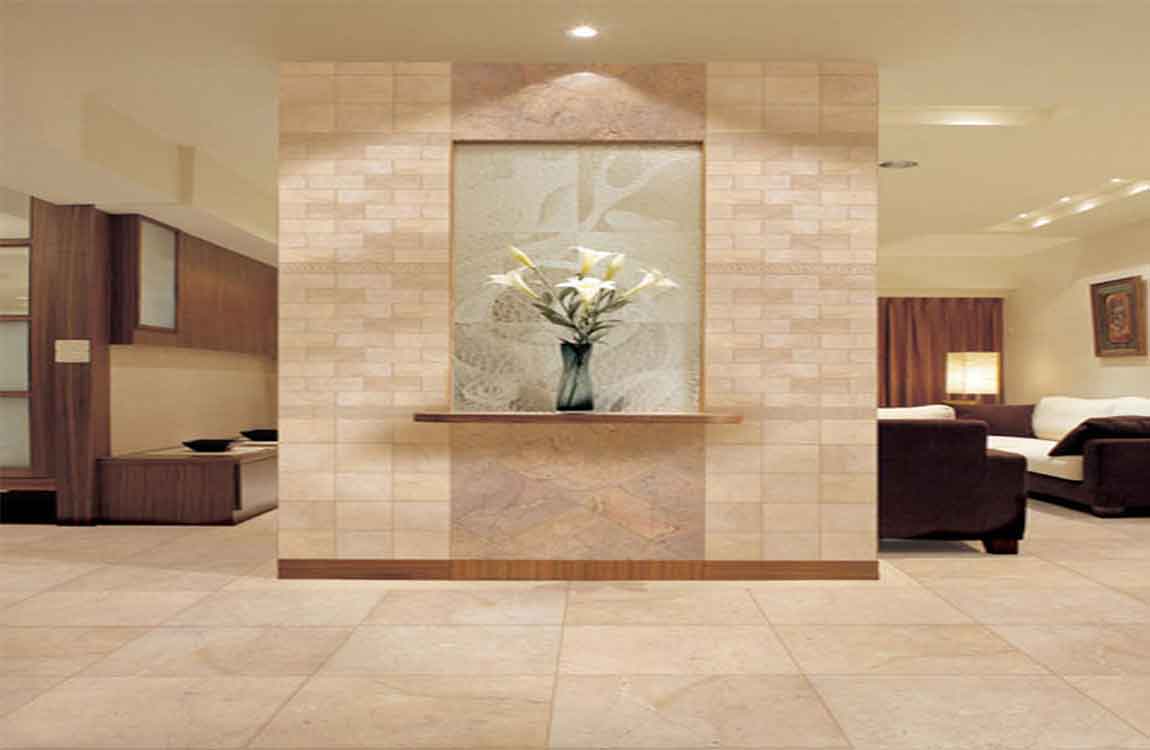 Use a straightedge and washable marker to draw guidelines. Scoring and snapping is ideal for breaking glass tiles across their entire surface, rather than cutting sections out of a larger piece of glass tile. To give yourself a guideline, place a straightedge on the tile, and use it to guide your washable marker as you make a straight line across the tile. Washable marker will wipe off easily after you snap off your glass tile.
Use a straightedge and washable marker to draw guidelines. Scoring and snapping is ideal for breaking glass tiles across their entire surface, rather than cutting sections out of a larger piece of glass tile. To give yourself a guideline, place a straightedge on the tile, and use it to guide your washable marker as you make a straight line across the tile. Washable marker will wipe off easily after you snap off your glass tile.